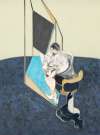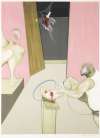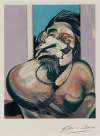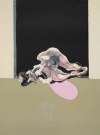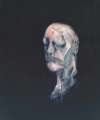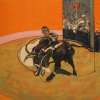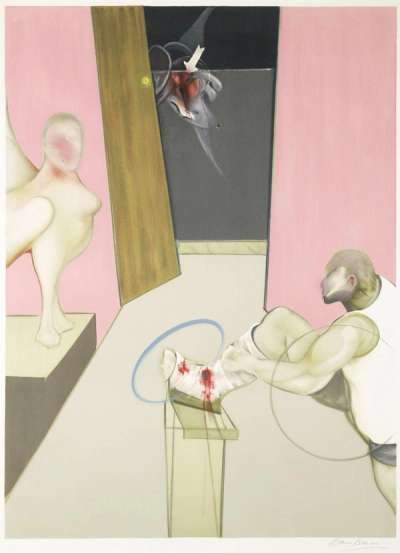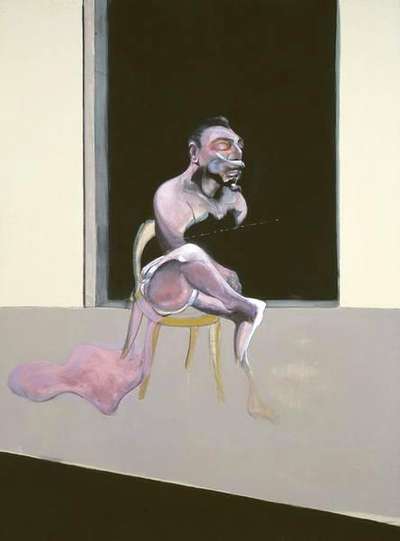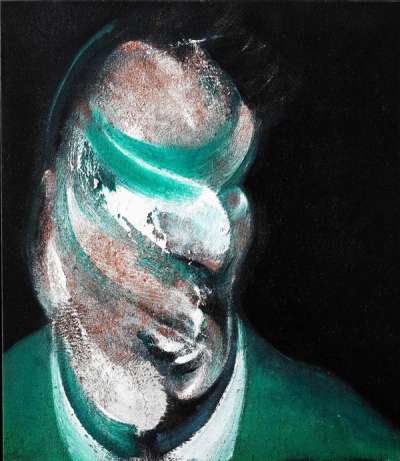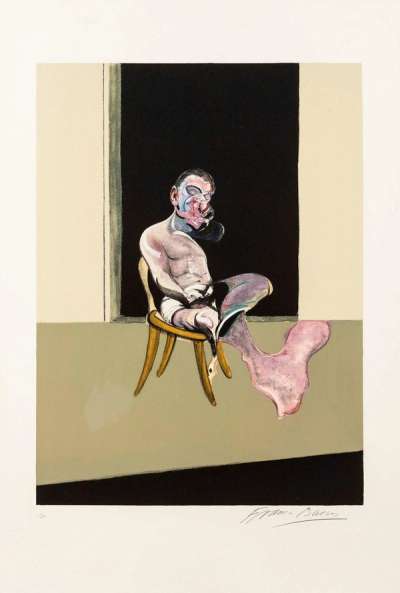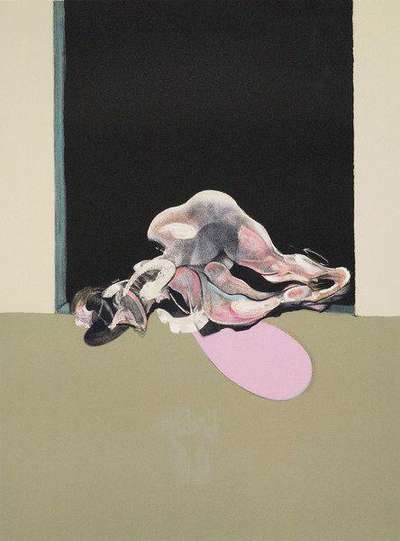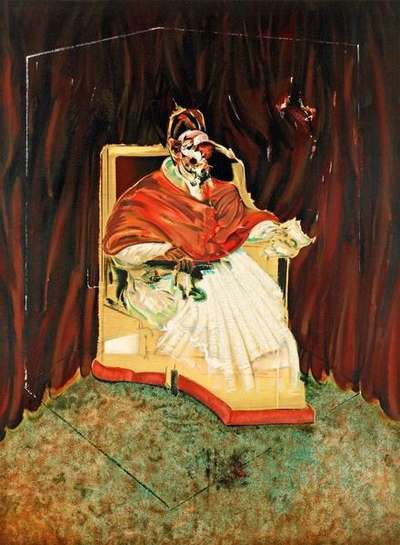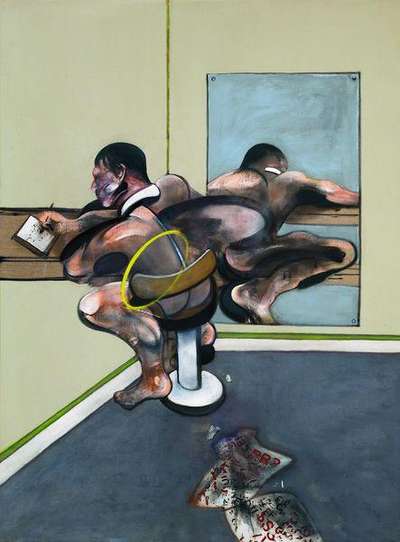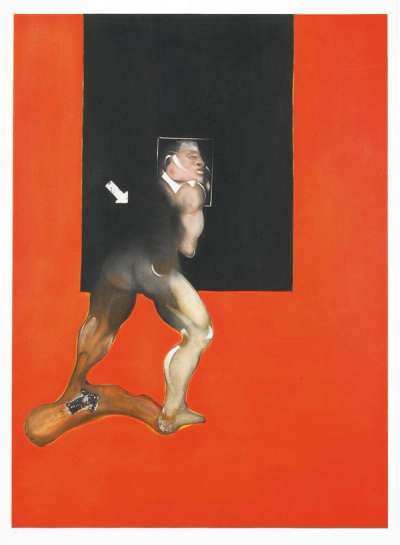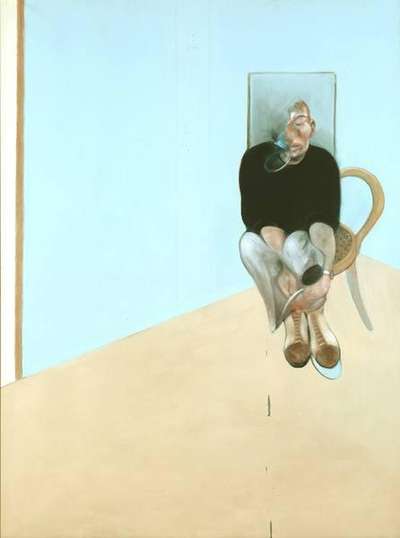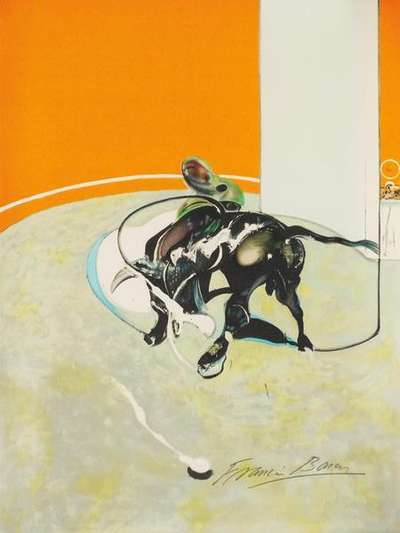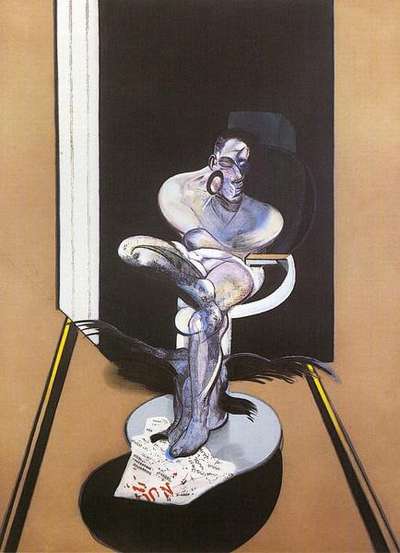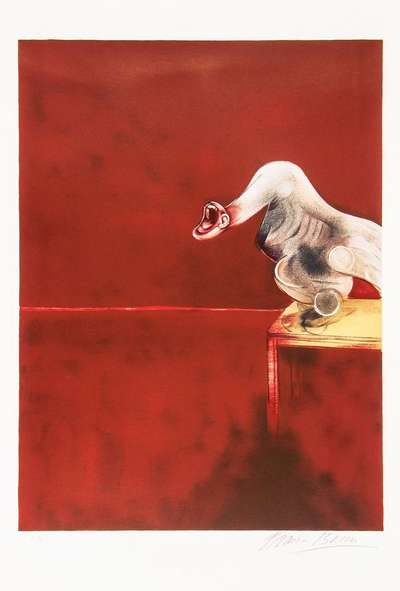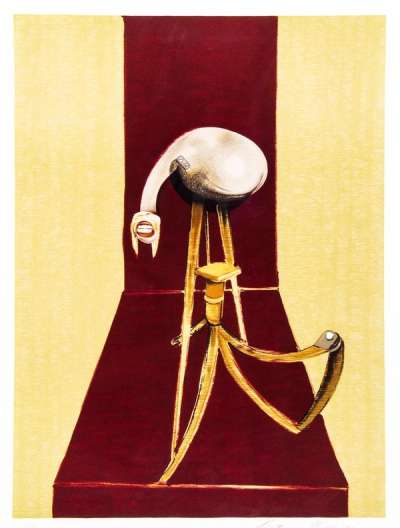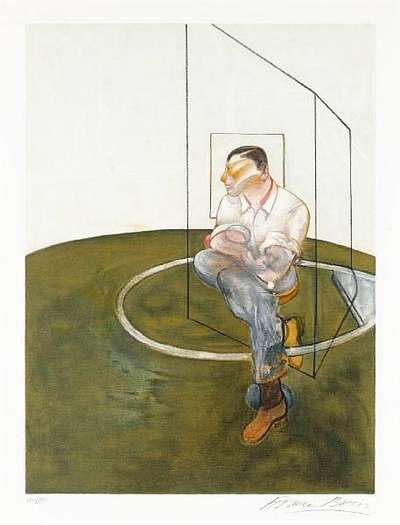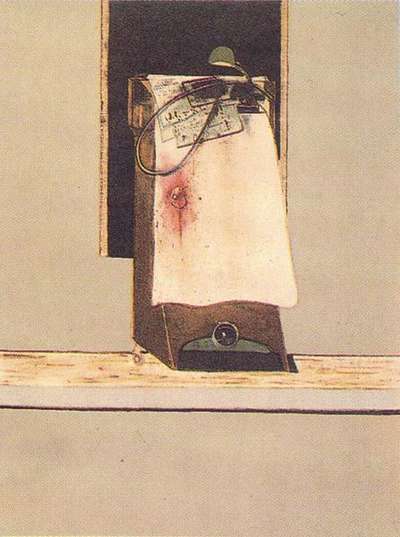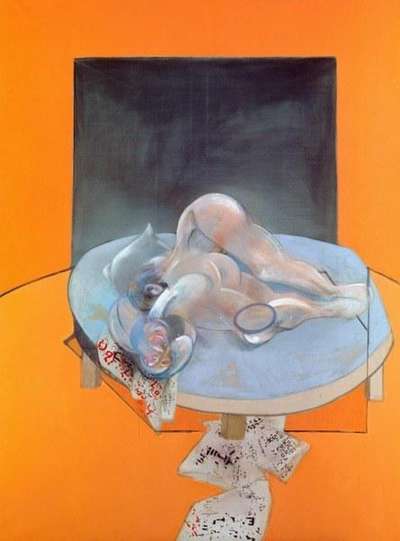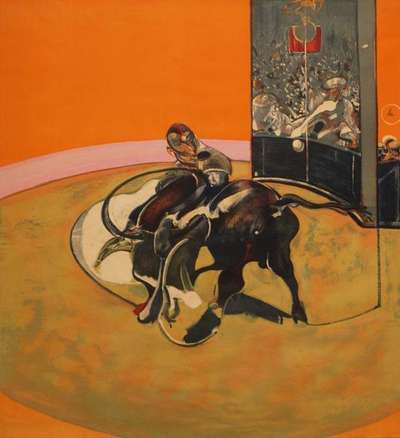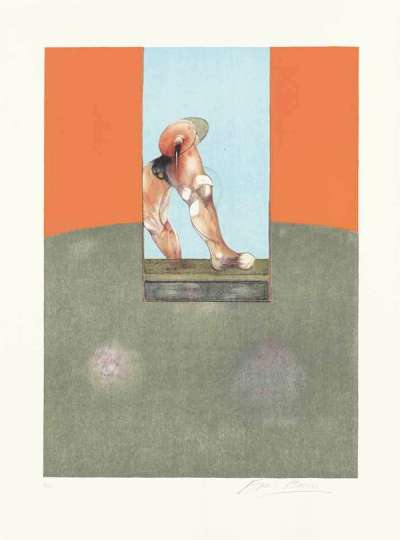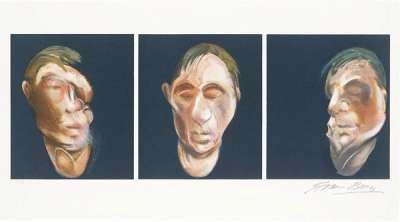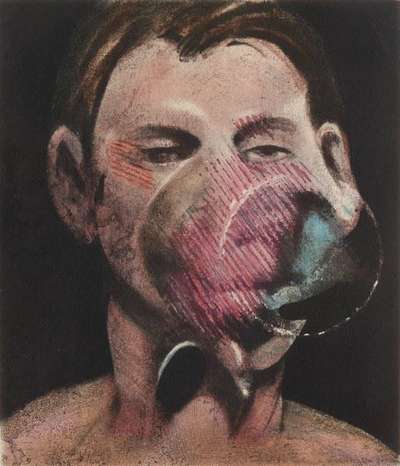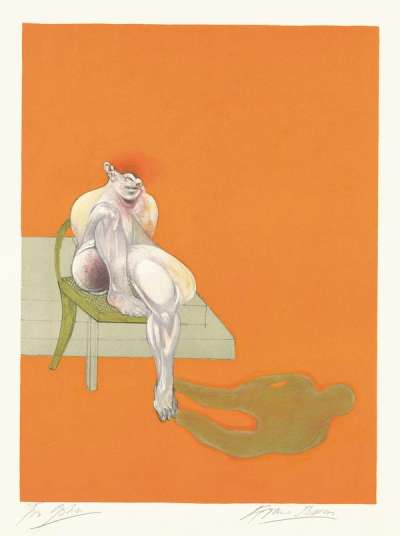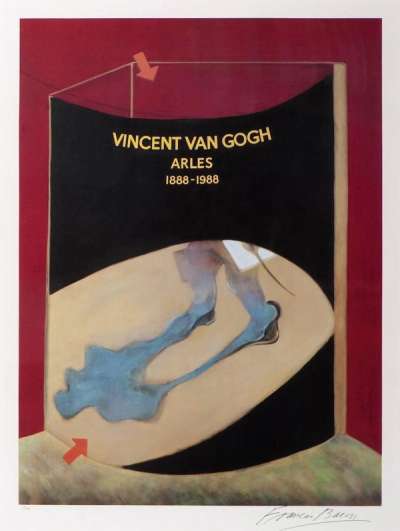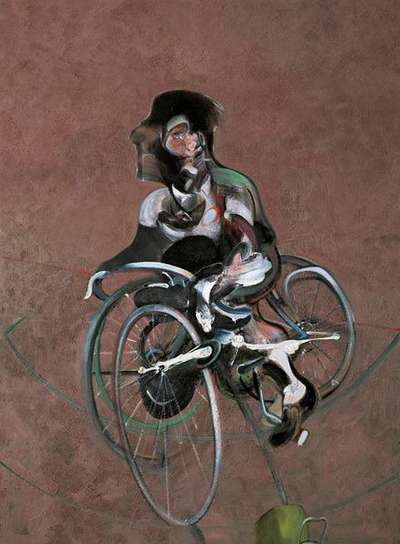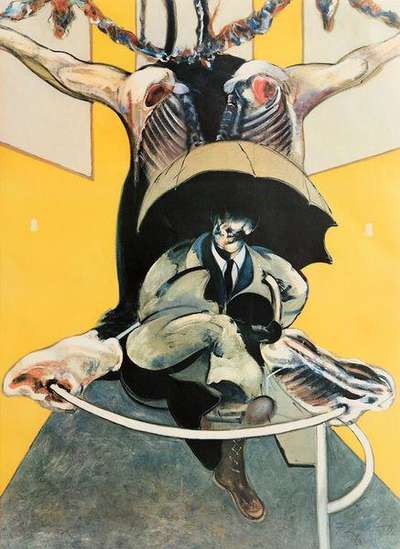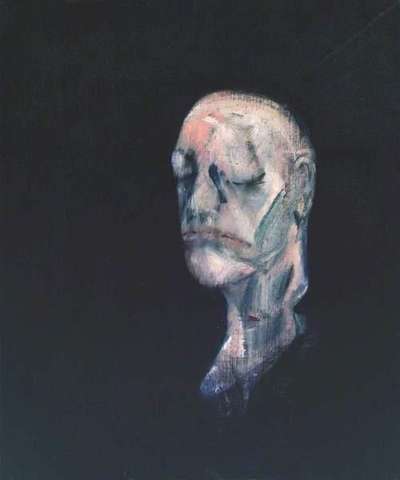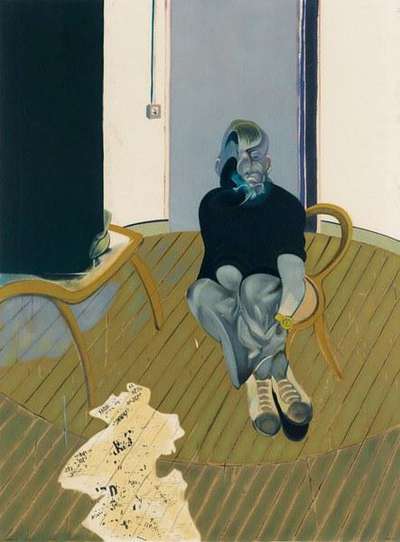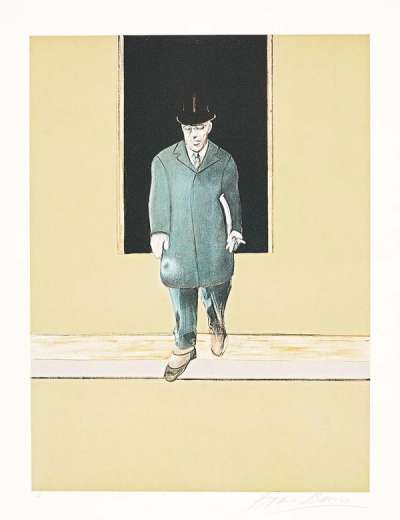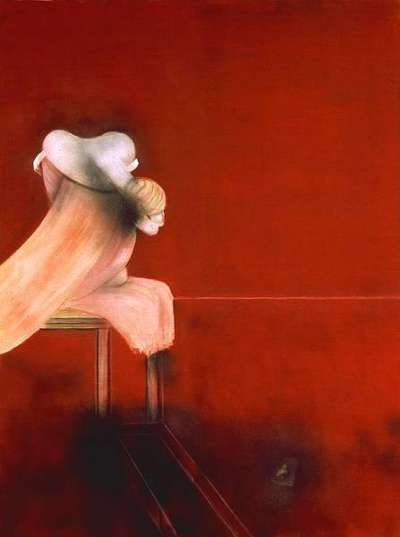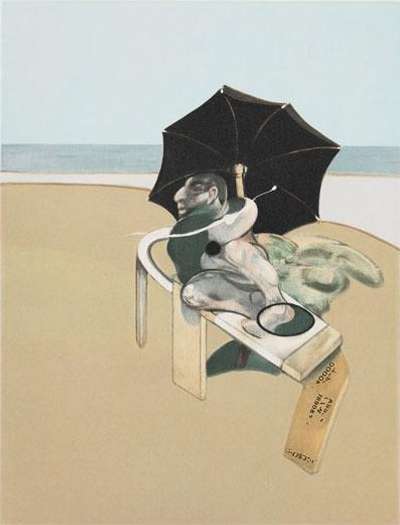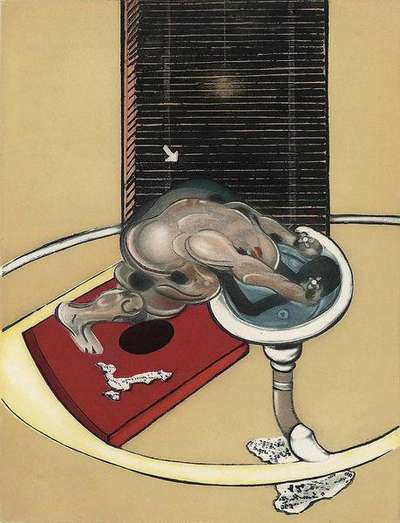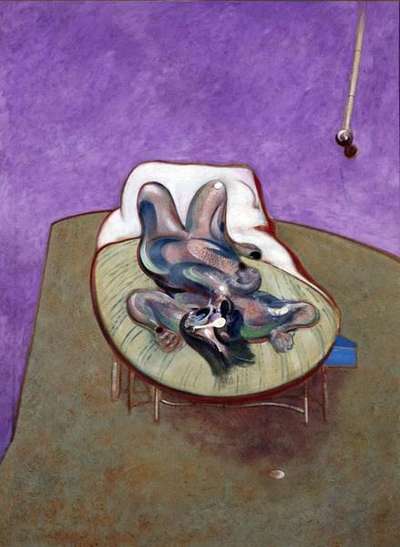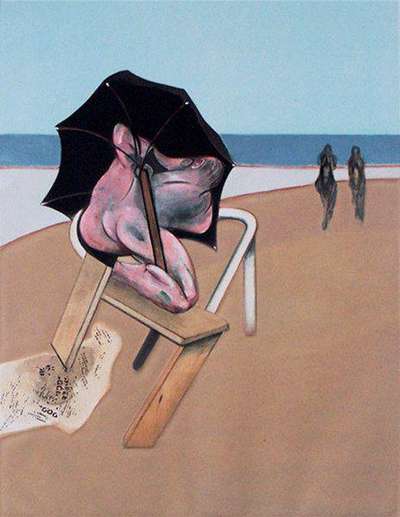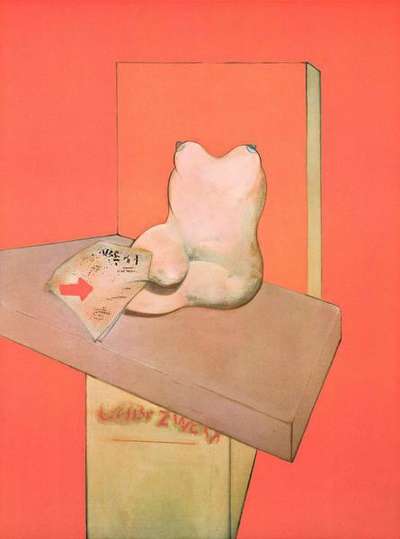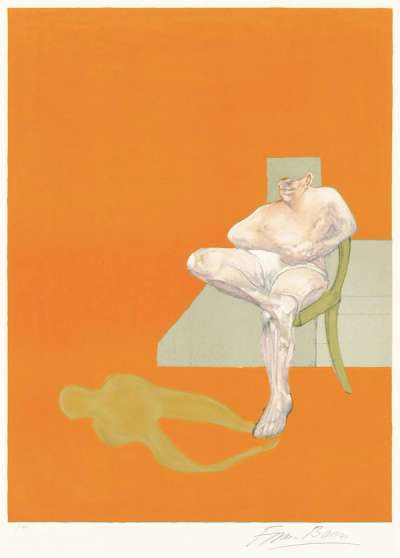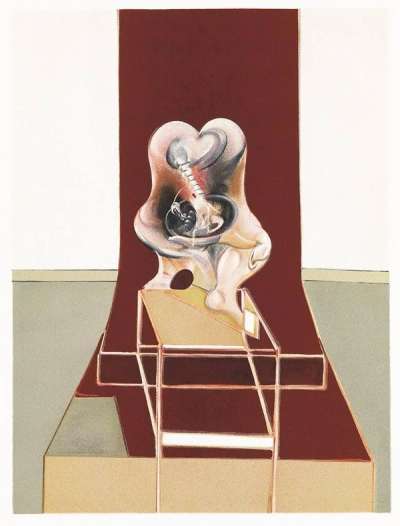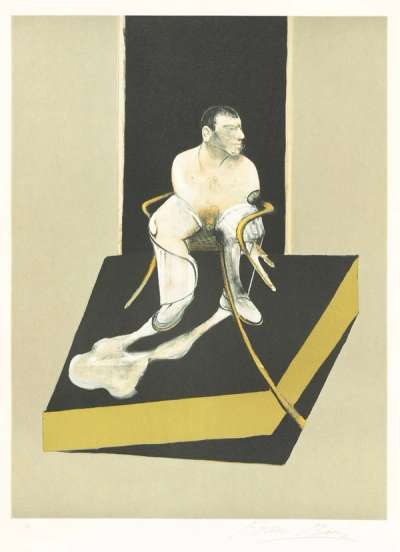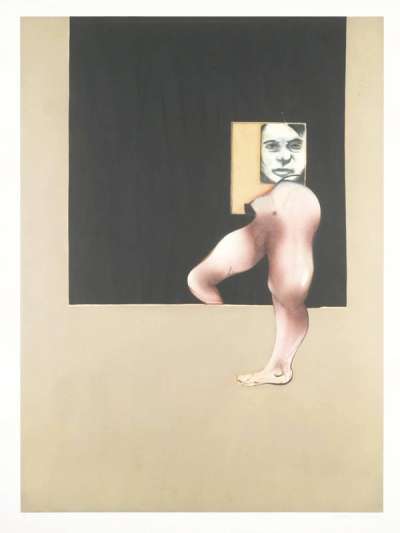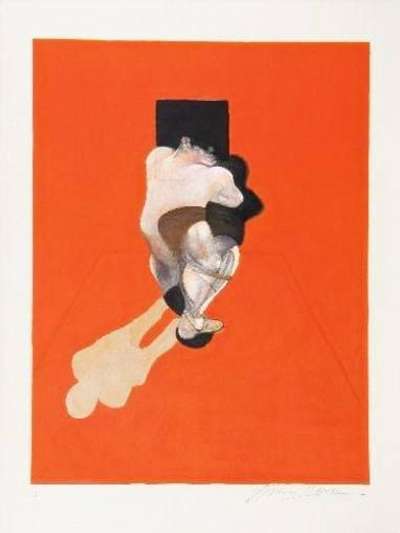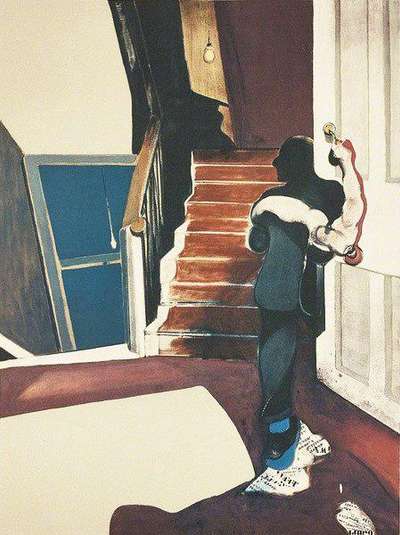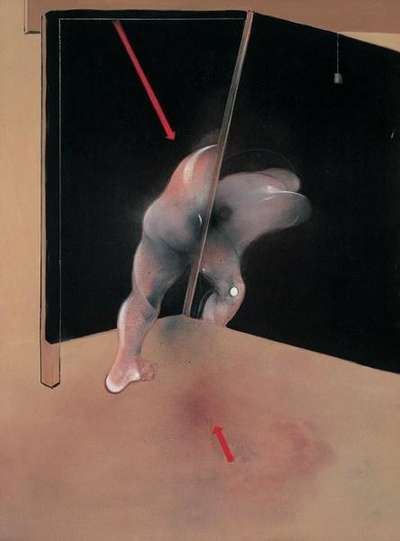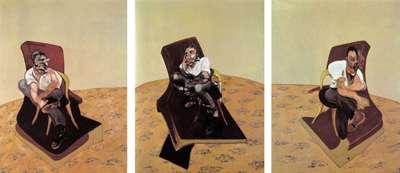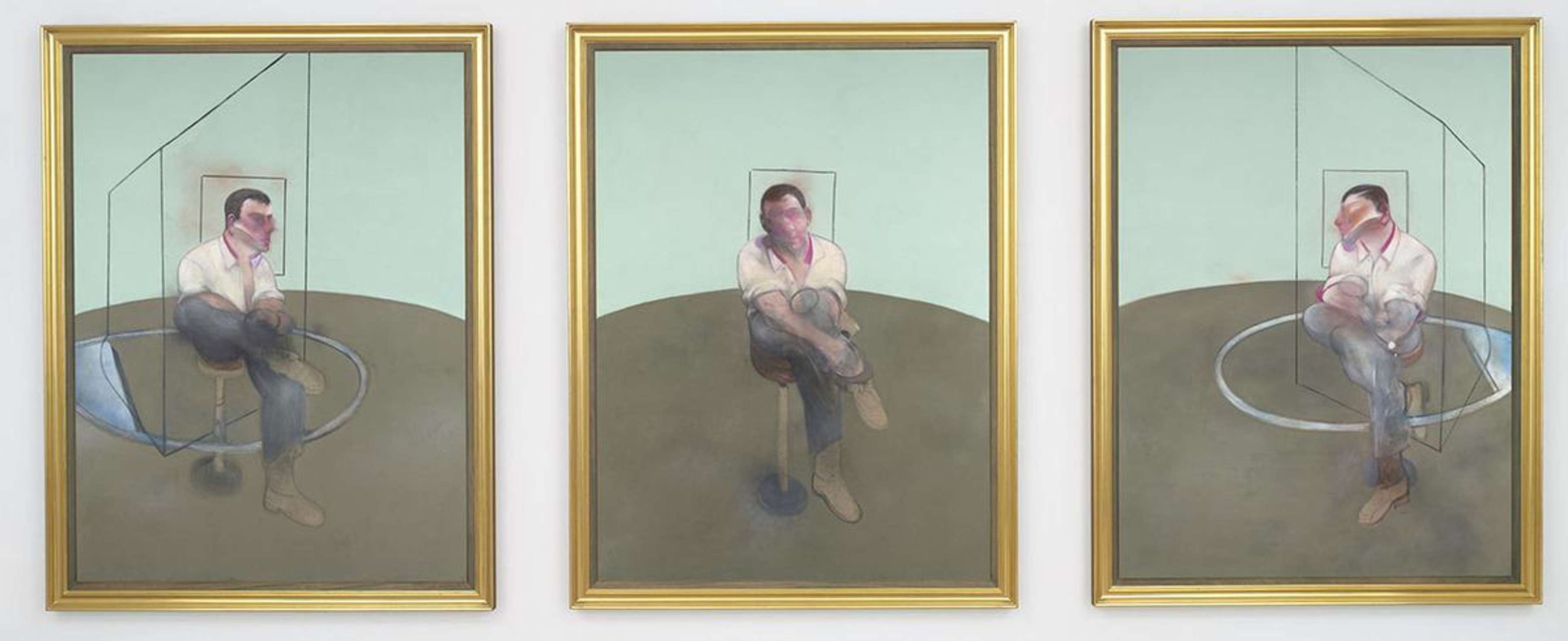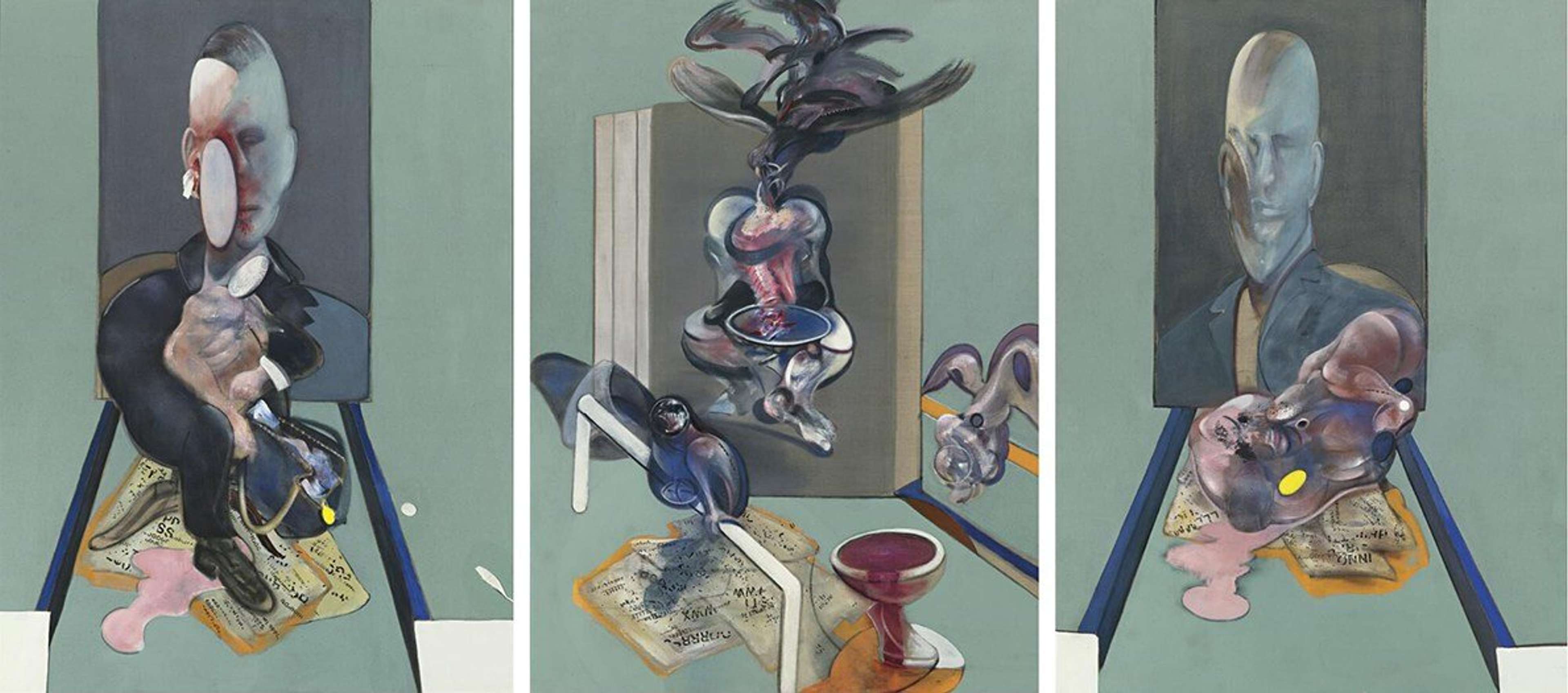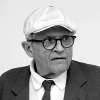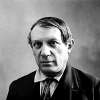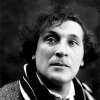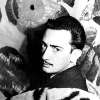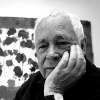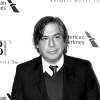Francis
Bacon
Explore Francis Bacon art for sale, post-war master of raw existential imagery. Browse in-demand prints and editions and request a free valuation, or enquire to buy.
Francis Bacon art for sale
Discover Francis Bacon prints for sale, exclusively available through our private network of collectors. Explore signed and unsigned screenprints, lithographs, digital prints, and rare editioned proof prints by era-defining blue chip artists.
Sell Your Art
with Us
with Us
Join Our Network of Collectors. Buy, Sell and Track Demand
Biography
Disturbing, tumultuous and largely autobiographical, Francis Bacon’s paintings are some of the most famous in the British Contemporary canon. Known for his tormented relationships and personal life, as well as for his famous sitters and circle of friends, Bacon painted the dark realities of human emotion.
Bacon’s journey to becoming a painter was not without challenges. The artist was prevented from receiving a formal education due to his chronic asthma and was instead tutored at home, before leaving for Germany at the age of just 17. It was in Berlin, and then Paris, that Bacon developed an interest in art through his visits to galleries. On his return to London in the late 1920s, the artist embarked on a career as an interior decorator, largely inspired by Art Deco, and ventured into the world of painting.
In the 1930s Bacon began to achieve wider public recognition, particularly through his work Crucifixion (1933), a dark and sombre painting depicting a ghostly figure with its arms raised, loosely inspired by Picasso’s 1925 The Three Dancers.
However, it was only from the mid 1940s, through paintings like his 1944 triptych Three Studies For Figures At The Base Of A Crucifixion, that Bacon’s work was met with real critical success. The triptych, depicting biomorphic figures inspired by Christian imagery that represent the three Furies, caused a sensation when it was first exhibited. Now held in the Tate Britain, this work, with its rich orange backdrop and contorted, anguished forms, resonated significantly with a public coming to terms with the horrors of the Second World War. Important stylistically, this work also marked the beginning of Bacon’s enduring use of the triptych format, the combined use of pastel and oil paints, and the iconography of the distorted human figure.
In 1953, Bacon painted his Study After Velazquez’s Portrait Of Pope Innocent X, now one of Bacon’s most famous works. One of the first of a series of some 50 studies responding to Velazquez’s work, the painting is considered a fine example of the artist’s ability to reinterpret the classical western canon with a renewed intensity, darkness and modern drama. With works held in the most important galleries across the world, Bacon is widely acknowledged as one of the fore figures of modern art.

